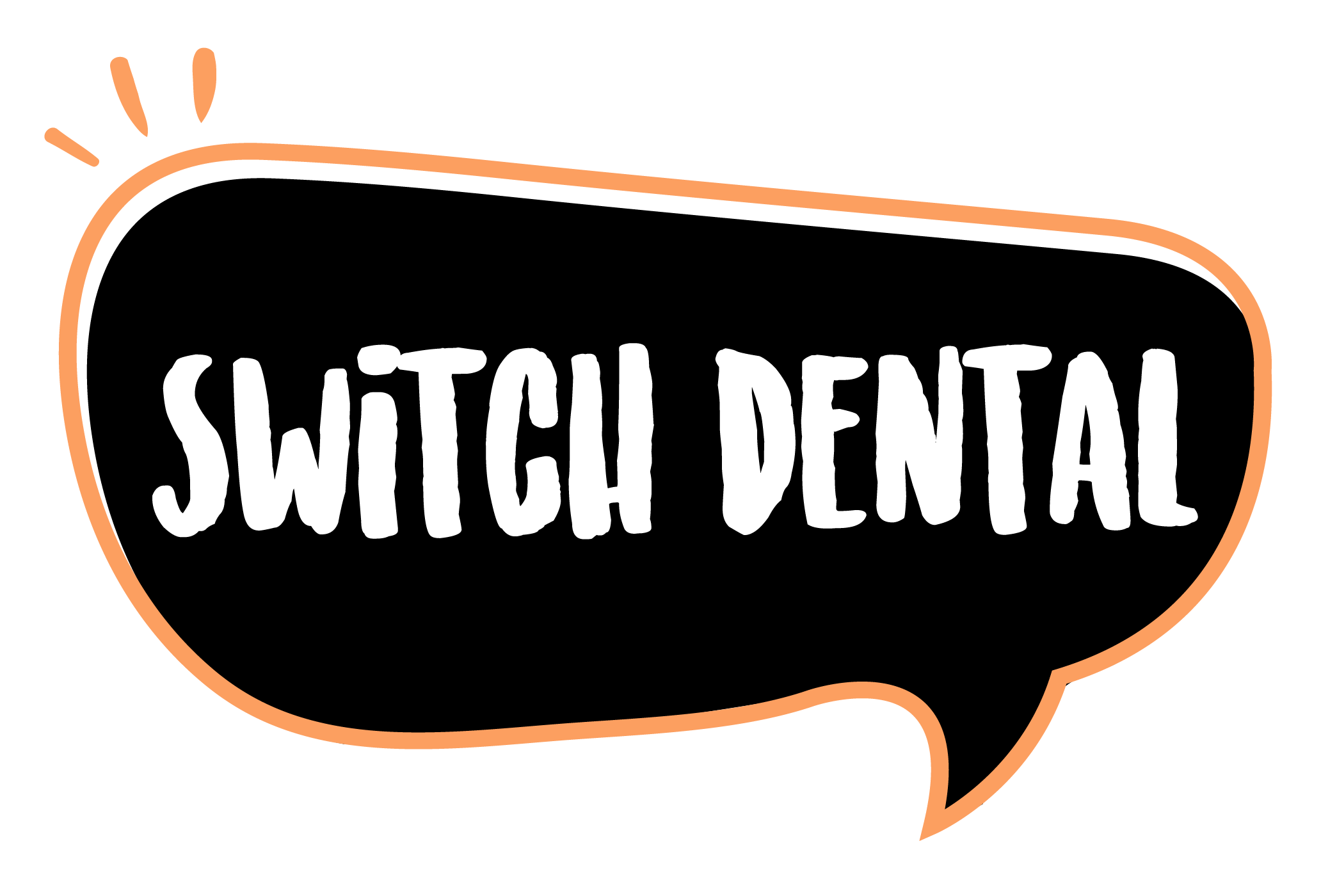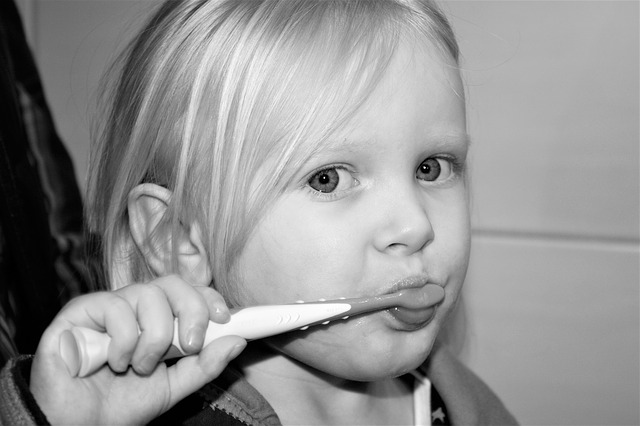Brushing your teeth is such a simple and basic activity. It’s something that’s ingrained into our morning and evening routines, and something we’ve been taught to do from a very young age. Because of this it’s natural that we forget the importance of this simple routine.
Does it matter what type of brush I use?
The ideal tooth brush should be:
- One with soft bristles. This will remove plaque from around the teeth without damaging the gums.
- Easy for someone to grip. Small handles can be challenging to use for some people.
- The appropriate size. For example there are ones with smaller heads that are designed for children.
Are electric tooth brushes better than manual?
They definitely make it easier. They have a large handle and they do most of the motion for you. However a manual toothbrush can be just as effective for those who use it the right way.
So what’s the right way to brush?
A chap by the name of Dr. Bass invented a technique many years ago to brush his teeth. It was so good that we still use this technique today.
- Angle: the tooth brush at 45° towards where the teeth rise up out of the gums. This means the bristles can go in between the teeth and get the bugs there.
- Motion: this is small vibrating “micro-movements”. This makes it less likely to miss anything and puts minimal pressure on the teeth.
- Time: 5 seconds per tooth, working systematically one tooth at a time. The whole process should take 2 minutes.
- Frequency: At least twice a day. After every meal is even better!
Do I need to floss as well?
What many don’t realise is that brushing cleans only about 60% of the teeth. It’s like vacuuming the house without moving the furniture. Cavities can form in the hard to reach places in between the teeth. Flossing once a day will keep these areas clean.

